This is the weekend edition of TheMarioBlog and will be updated as needed. The next blog post is Monday, March 27.
Some highlights and takeaways from the various panels:

Each country faces its own challenge
“Fake news” is a global epidemic
“The idea that the press is the enemy of the people is something our dictators and populists have been saying for years.”
Educating the people to consume digital info
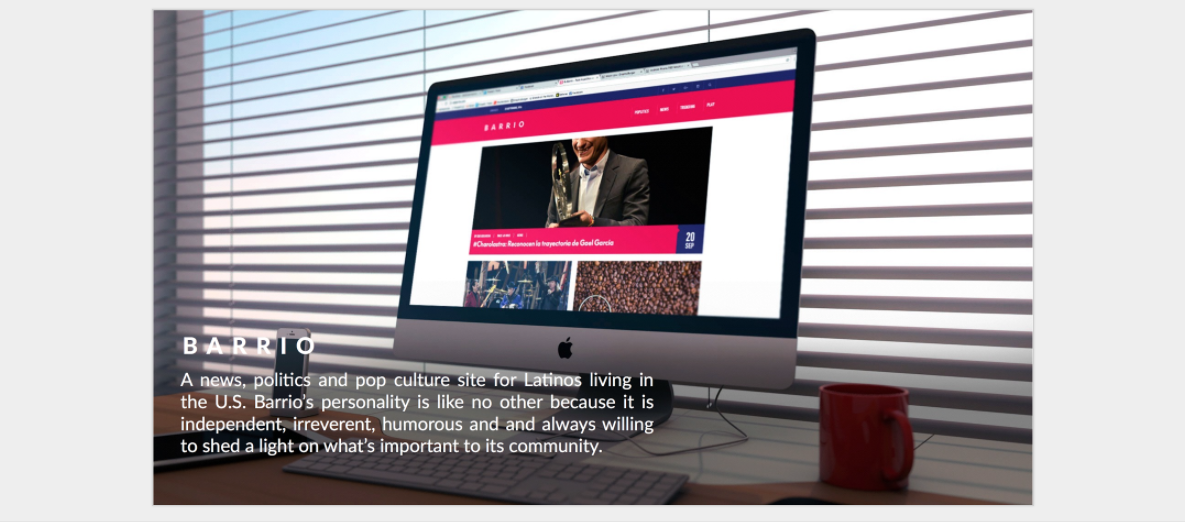
Monetizing the operation
It’s (still) all about the story
-Platform agnostic storytelling: various panelists urged editors to concentrate on good stories, regardless of platform. Every platform counts, but adapt the story for it. Panelist Rebekah Monson, co founder of Miami’s The New Tropic, urged the audience to tell stories across platforms, and emphasized social media in her talk.
The importance of newsletters
Promote your content via newsletters and briefings, and, based on what we heard at the conference, these are beginning to catch up in Latin America as well.
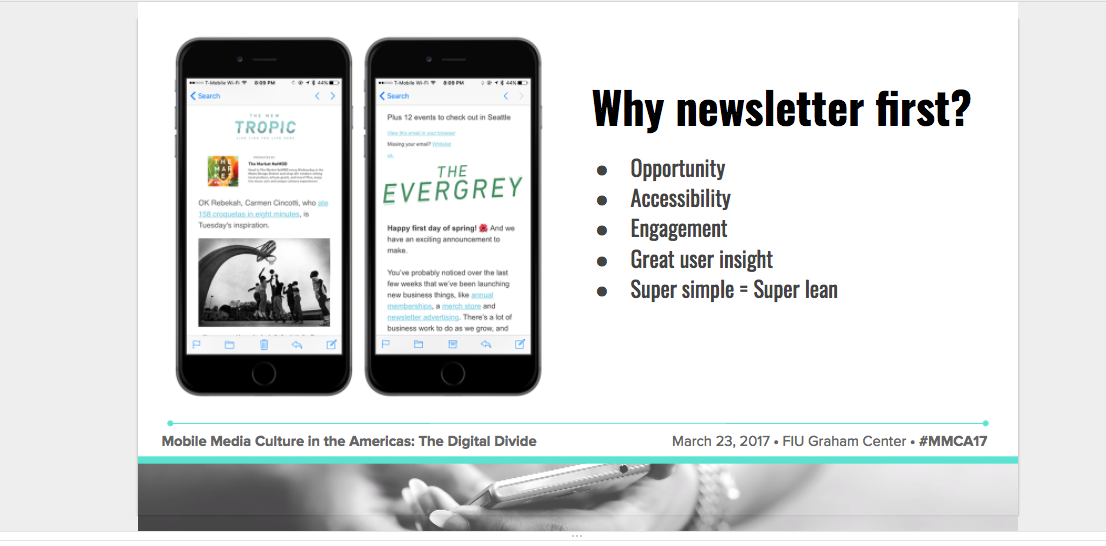
Using the data

Innovación y disrupción


Meanwhile, in Cuba
Cuba is ever present in any conference related to journalism in Latin America. Alejandro Gonzales, director of development and innovation for 14 y medio, the online newspaper produced entirely inside of Cuba (against tons of adversity and odds), mentioned that their challenge is a daily one too, since wifi in Cuba is an expensive commodity, so the 14 y medio team has had to be inventive with its distribution packages. But, said Alejandro, there is slow but definite change happening in Cuba.
“It is a slow process, but it is there. The level of creativity of the Cubans across not just journalism, but the arts and many other endeavors, is incredibly impressive. These young innovators have little interest in the politics surrounding them, and put all of their efforts into creating.”
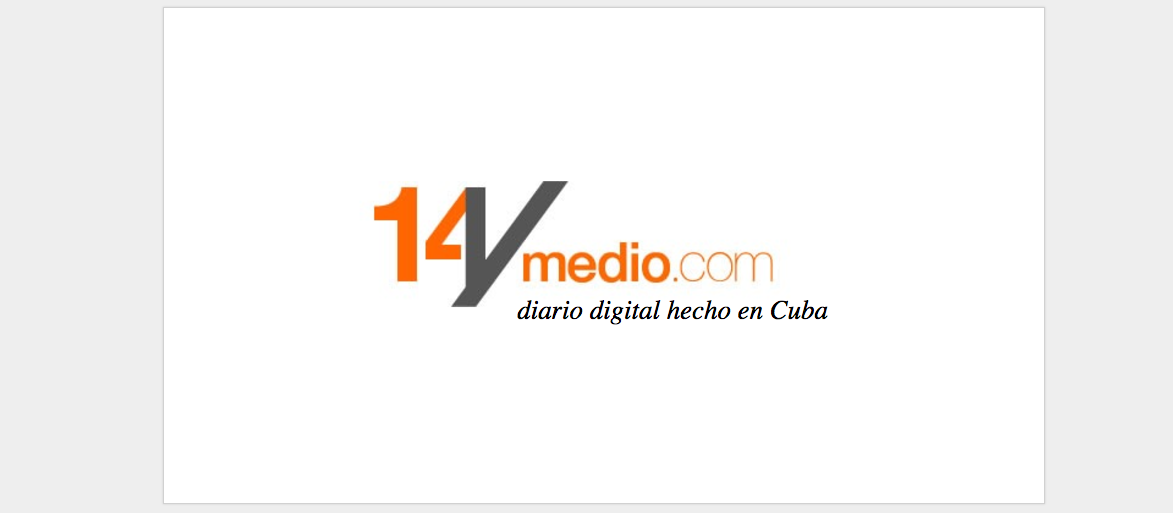
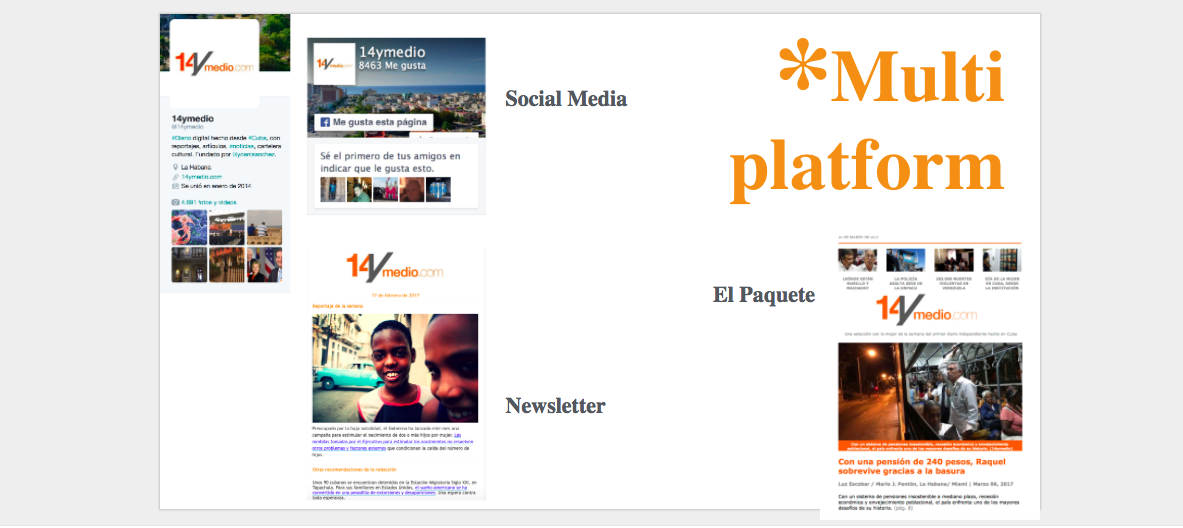

The Challenge
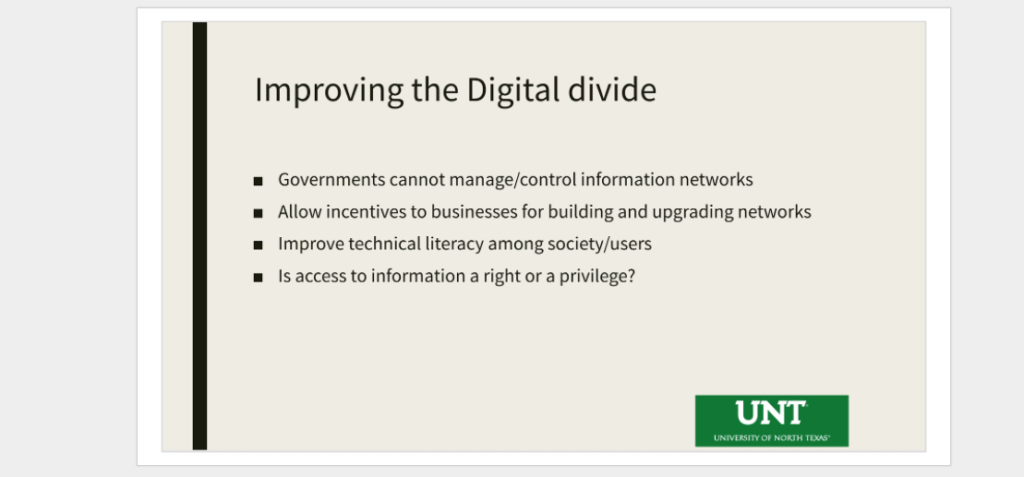
“Establish a new sense of value, because we make decisions about how we use our time and money, what brings value. And the news media can’t continue to operate in the 21st century as they do today, using the same tired methods. They are losing. They have to differentiate themselves. The media today need to re-establish how they are going to operate in a digital environment. That’s a huge challenge.”
For all information about this conference, the program and the speakers:
Algorithms as content traffic cops
My recently published piece in Columbia Journalism Review:
http://www.cjr.org/analysis/news-algorithm-homepage.php
Algorithms set the agenda based on a series of criteria—just like human agenda setters have done through the ages—but perhaps with greater accuracy, since algorithms can react to how users behave, how long they stay reading, when they read, etc. At Aftenposten, this is already working well, and two users who live next door to each other may get two different set of stories on their homepage: Susan, who likes fitness and cooking, gets items in those categories; while Paul, her neighbor, may get a heavier dose of politics and sports news. A good thing.
Virtual Reality and the News
Here is an interesting piece about “walking into the news” via Virtual Reality. This is bound to happen soon for many newspapers and magazines.
Highlight:
From Deniz Ergurel—
“VR is a whole new universe where you can place the reader inside the news content, either through 3D computer-generated interactivity or 360-degree imagery.”
http://www.comstocksmag.com/web-only/local-business-aims-transform-news
Speaking Engagements Coming Up
I will be speaking at these events in the weeks ahead:
Webinar for Crowdynews: open to all
March 29, 9 a.m. EST
The brief: What trends should every publisher embrace in 2017? According to Dr. Mario Garcia, top-of-mind should include digital storytelling, email newsletters, and sponsored content.
“Mario Garcia, world renown storyteller, editorial designer, and digital strategy consultant, will share practical steps news organizations can embrace to offset the disruptive forces rocking the news industry. During this 60-minute webinar, Mario will introduce a concept and then open the floor for a discussion on implementation and best practices sharing stories of those who are realizing success.”
In this webinar, Dr. Garcia will cover how to:
1) Go where your readers are: mobile. How do you create a more visually compelling and interactive experience for your mobile users while facing the challenge of a smaller screen size?
2) Be the source of their news – starting with their inbox every morning. How do you create a personalised, informative, and indispensable newsletter for your audience?
3) Serve your readers with high quality, non-obstructive ads or face ad blockers. How do you organize your newsroom to offer sponsored content while not compromising editorial integrity?
To register, go here:
https://attendee.gotowebinar.com/register/5146625194690261761
VOZ Media Conference
April 6
Vienna, Austria
I will be the keynote speaker for this event, my presentation titled The important role of print in the digital age. This presentation presents a state of the media today, with emphasis on how we tell stories visually on mobile devices, the role of print and the importance of email newsletters and sponsored content to find new ways of promoting content and monetizing your operation.
For more information: http://www.voez.at/b2039m10
